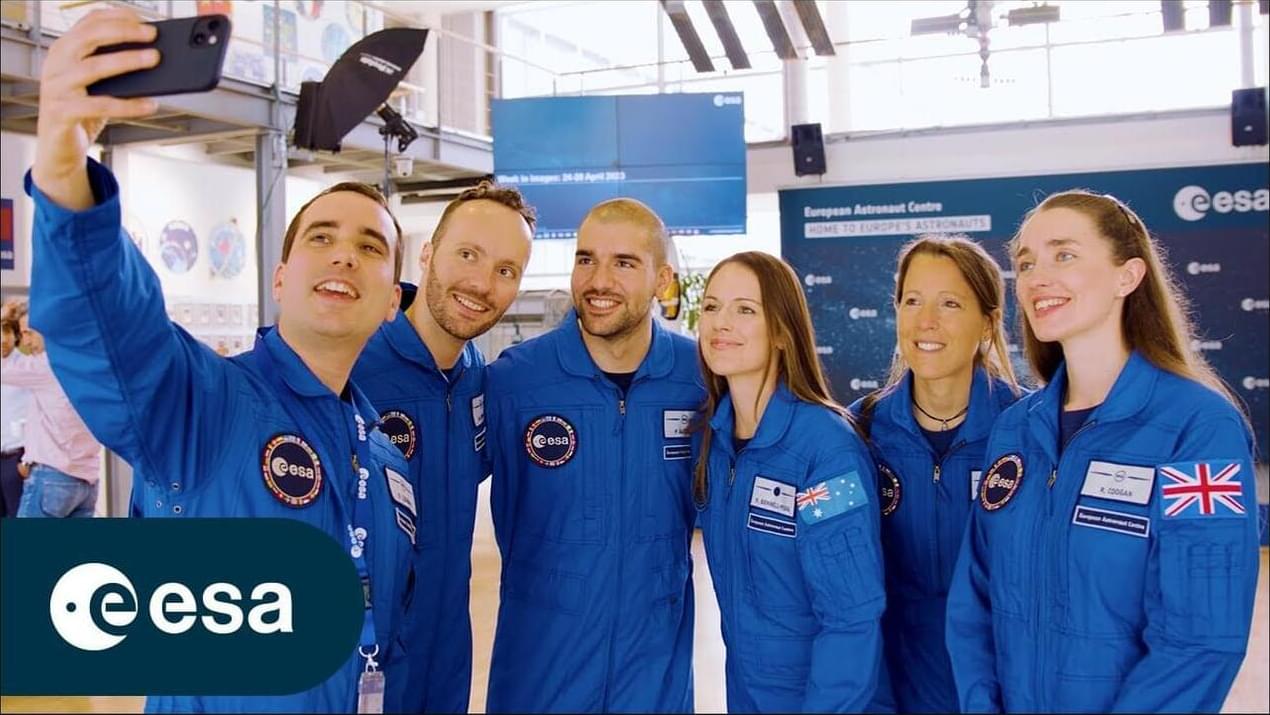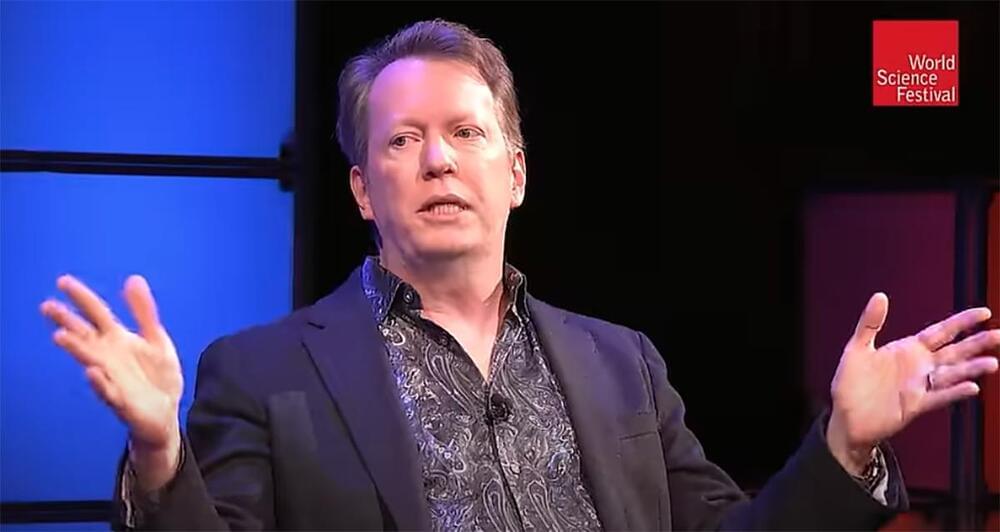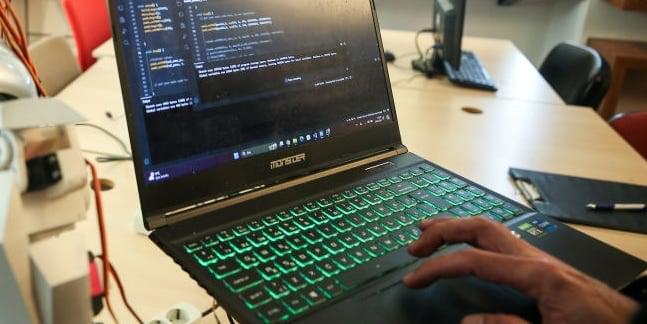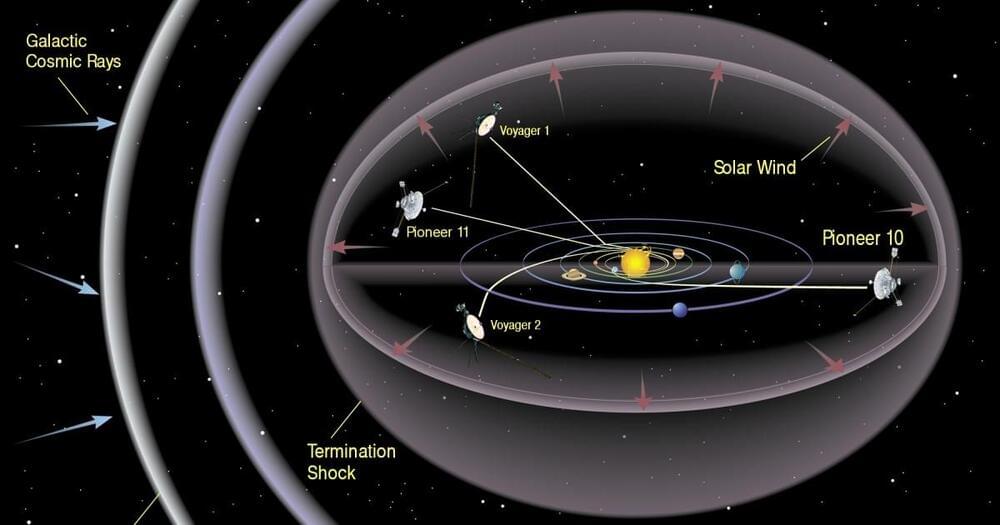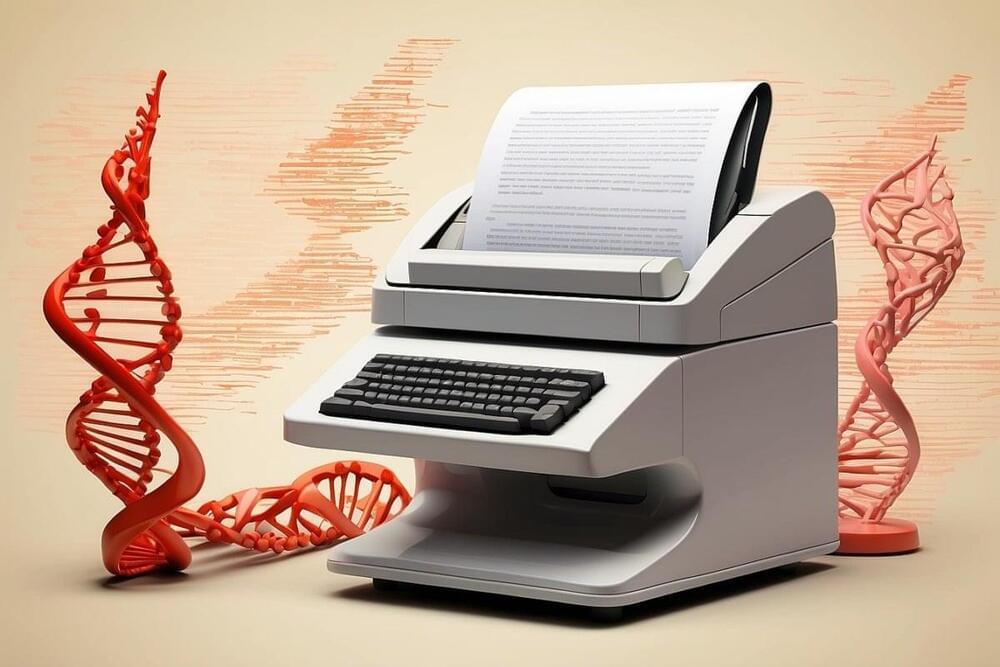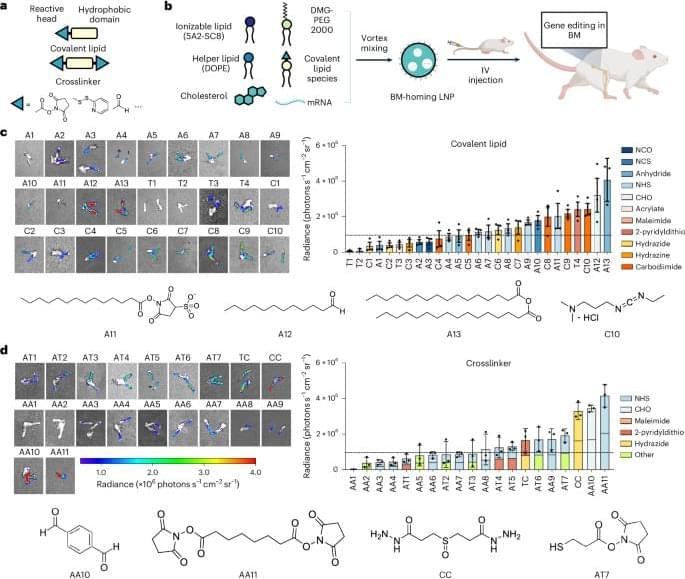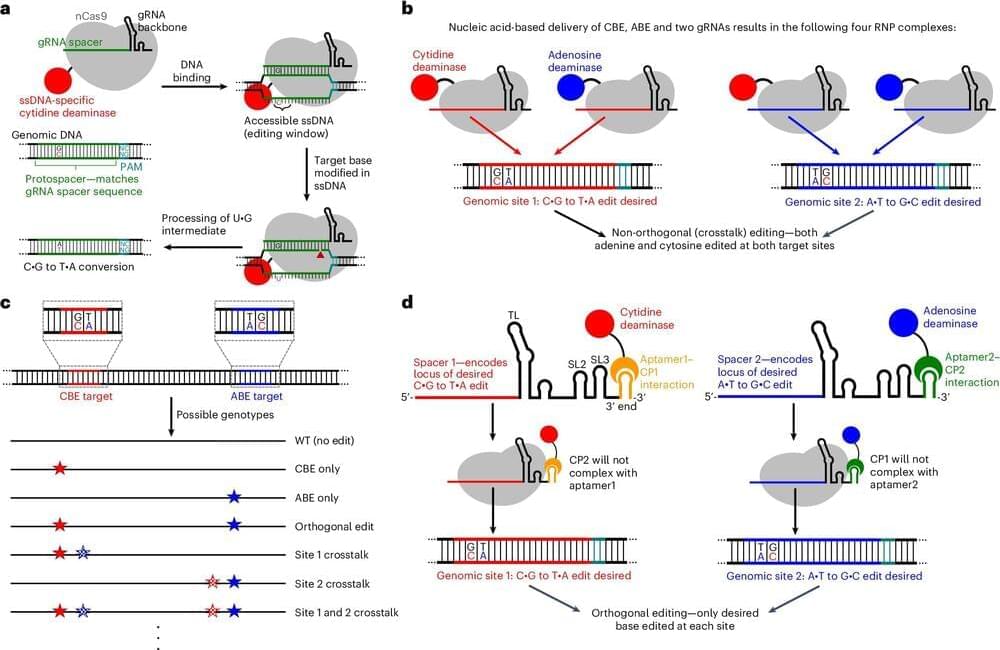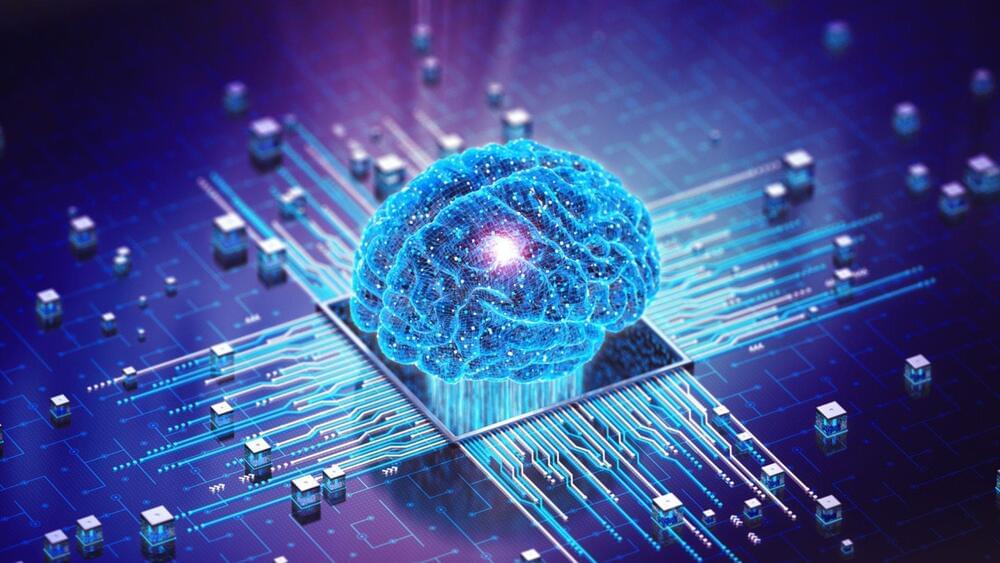Researchers from TU Delft and Brown University have engineered string-like resonators capable of vibrating longer at ambient temperature than any previously known solid-state object—approaching what is currently only achievable near absolute zero temperatures. Their study, published in Nature Communications, pushes the edge of nanotechnology and machine learning to make some of the world’s most sensitive mechanical sensors.
ESA’s newly graduated astronauts reach the end of one year of rigorous basic astronaut training. Discover the journey of Sophie Adenot, Rosemary Coogan, Pablo Álvarez Fernández, Raphaël Liégeois, Marco Sieber, and Australian Space Agency astronaut candidate Katherine Bennell-Pegg. Selected in November 2022, the group began their training in April 2023.
Basic astronaut training provides the candidates with an overall familiarisation and training in various areas, such as spacecraft systems, spacewalks, flight engineering, robotics and life support systems as well as survival and medical training. They received astronaut certification at ESA’s European Astronaut Centre on 22 April 2024.
Following certification, the new astronauts will move on to the next phases of pre-assignment and mission-specific training — paving the way for future missions to the International Space Station and beyond.
Credits:
Sean Carroll, a physicist at Johns Hopkins University, spoke at the Bell House in Brooklyn, New York, in an event presented by New York City’s Secret Science Club. He talked about quantum field theory, which is now considered the definitive explanation of what reality is made of. So, pretty important stuff.
His new book The Biggest Ideas in the Universe: Quanta and Fields was released this week. It’s the second in a three-book series in which he goes through the important ideas of Physics for non-academics, but actually using and carefully explaining the equations that physicists use.
A former Facebook director is praising AI’s prowess, likening the technology’s co-pilot coding ability to a religious experience.
In a Thursday post on X, Aditya Agarwal attempted to describe the feeling of coding alongside a large language model co-pilot.
Some think the reason fundamental scientific revolutions are so rare is because of groupthink. It’s not; it’s hard to mess with success.
Prime editing, a mightier version of CRISPR/Cas9 technology, has been part of rigorous research and development in recent years. Now, U.S. regulators have greenlit the first-ever clinical trial for this technology.
Massachusetts-based Prime Medicine received the go-ahead from the U.S. Food and Drug Administration (FDA) after preclinical data showed that its candidate was able to correct mutations in chronic granulomatous disease (CGD).
CGD is a rare condition and affects around one in 200,000 people worldwide. It is caused by mutations in any of the six genes that code for the molecule nicotinamide adenine dinucleotide phosphate (NADPH), which is responsible for carrying electrons within cells. White blood cells called phagocytes don’t function properly, and as a result, they fail to protect the body from bacterial and fungal infections.
The ability to genetically modify haematopoietic stem cells would allow the durable treatment of a diverse range of genetic disorders but gene delivery to the bone marrow has not been achieved. Here lipid nanoparticles that target and deliver mRNA to 14 unique cells within the bone marrow are presented.
The human genome consists of around 3 billion base pairs and humans are all 99.6% identical in their genetic makeup. That small 0.4% accounts for any difference between one person and another. Specific combinations of mutations in those base pairs hold important clues about the causes of complex health issues, including heart disease and neurodegenerative diseases like schizophrenia.
Although this is still an emerging area of research, a new study has announced a leap. Researchers from the Center for Neuromorphic Engineering at the Korea Institute of Science and Technology (KIST) have implemented an integrated hardware system consisting of artificial neurons and synaptic devices using hexagonal boron nitride (hBN) material.
They aimed to construct building blocks of neuron-synapse-neuron structures that can be stacked to develop large-scale artificial neural networks.
“Artificial neural network hardware systems can be used to efficiently process vast amounts of data generated in real-life applications such as smart cities, healthcare, next-generation communications, weather forecasting, and autonomous vehicles,” said KIST’s Dr. Joon Young Kwak, one of the study’s authors, in a press release.

